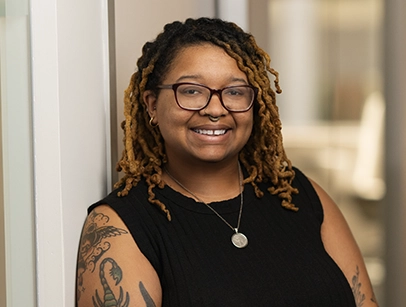It gives me profound satisfaction to know that my work has resulted in tens of thousands of individuals and families finding shelter and a platform from which to launch and succeed, at the same time as our common social environment is made more diverse and vibrant. The thrill comes when a client wants to do this in a new way, and I can help them find a path. Usually the key is storytelling; organizing apparently disparate elements so that regulators and financing sources see a larger and familiar story.
Chris Hornig advises for-profit, nonprofit, and public sector clients in a variety of affordable housing and community development transactions. Chris has long focused on representing private developers and public housing authorities in complex, large-scale revitalization projects that involve the replacement or revitalization of obsolete public housing with mixed-income, mixed-use developments utilizing Low-Income Housing Tax Credits (LIHTC), tax-exempt bonds, private debt, and public and private grant funds. Such projects take advantage of the regulatory flexibility and rental assistance provided through the Choice Neighborhood Initiative (CNI), Rental Assistance Demonstration (RAD), Faircloth-to-RAD, and other repositioning programs.
More recently Chris has also focused on the repositioning and revitalization of senior housing communities, including communities incorporating a continuum of care model and/or associated medical care facilities, frequently using HUD’s new RAD-for-PRAC initiative.
Chris’s career in affordable housing began with representing tenant groups opposing, or seeking to manage, gentrification. He previously served as the first Deputy Assistant Secretary for Public Housing Investments with the U.S. Department of Housing and Urban Development (HUD), in which capacity he implemented the HOPE VI Urban Revitalization Program and HUD’s overall effort to rationalize public housing using mixed finance techniques. He’s also proud of his representation of the federal government in completing a historic negotiated reconfiguration of Native American housing programs.
Drawing on deep experience, an insider’s knowledge of program history and agency culture, and a wide network of professional connections, Chris finds common ground among disparate players to secure optimal outcomes for his clients.
My thinking about cities – which I love – is guided always by the wisdom of di Lampedusa: “If we want things to stay as they are, things will have to change.” The wisdom applies doubly, of course, to things that we want to change.
